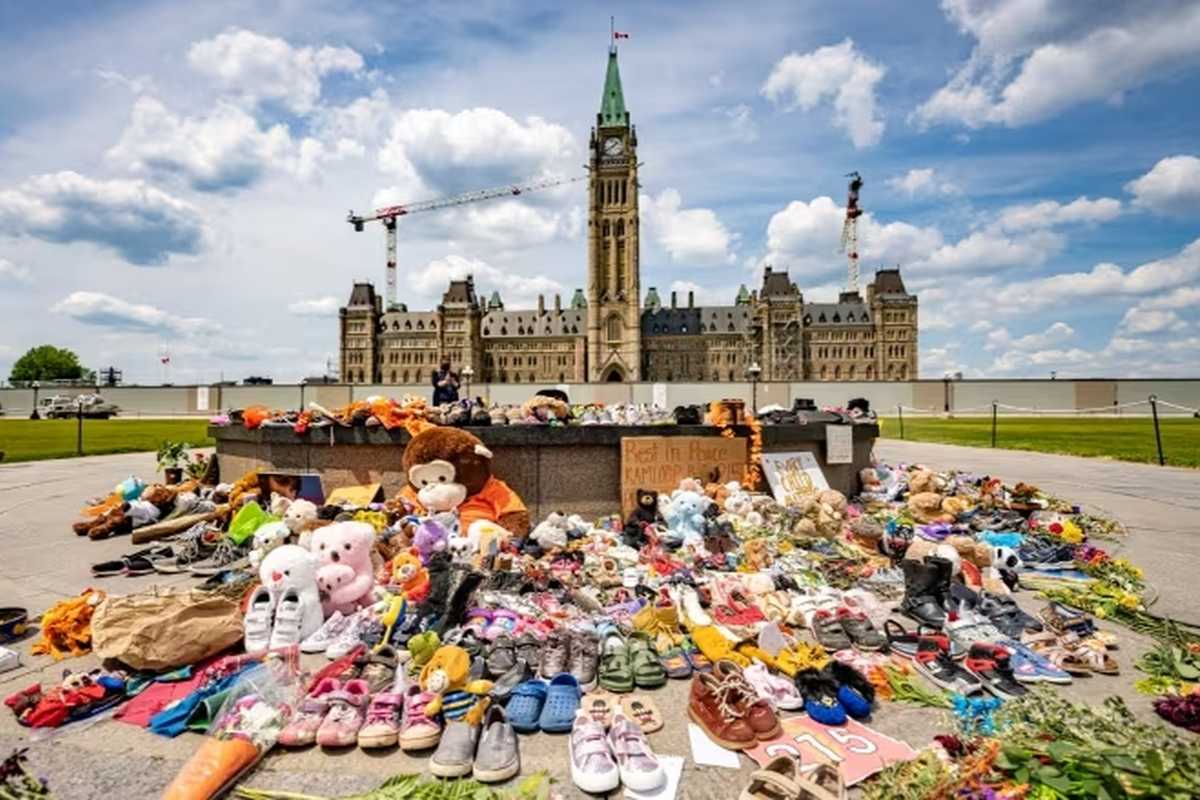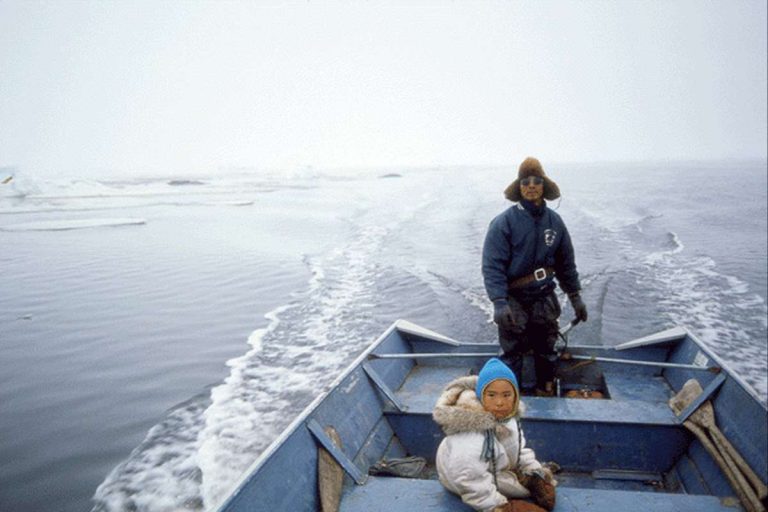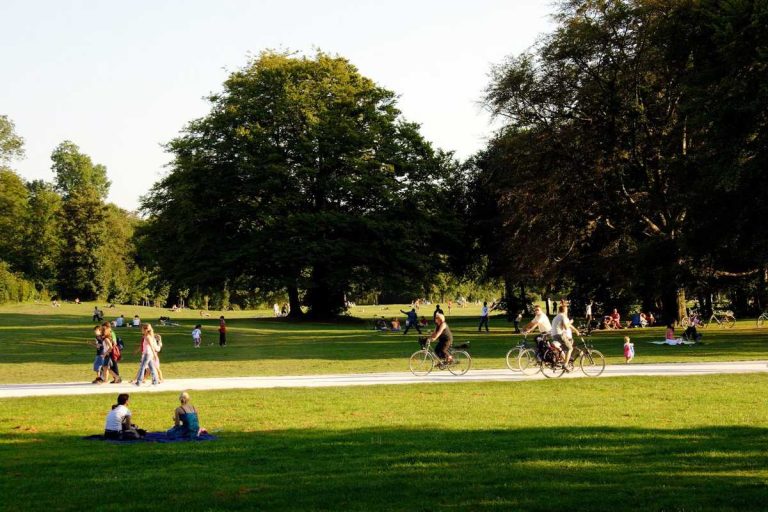The National Day for Truth and Reconciliation is a significant day in Canada, observed every year on September 30th. This day is dedicated to honoring the survivors of residential schools, their families, and communities, while also remembering those children who never made it back home.
It is a time for reflection, learning, and taking meaningful steps toward reconciliation with Indigenous peoples.
Understanding the History
To truly grasp the importance of this day, it’s essential to understand the dark history of residential schools in Canada. For over a century, starting in the late 1800s, more than 150,000 Indigenous children were forcibly taken from their families and placed in residential schools.
These schools aimed to assimilate Indigenous children into Euro-Canadian culture by stripping away their native languages, traditions, and identities.
The conditions in these schools were often harsh and inhumane. Many children suffered physical, emotional, and sexual abuse. The trauma inflicted by these schools has had a lasting impact on Indigenous communities, leading to intergenerational trauma that affects families to this day.
The Road to Reconciliation
The establishment of the National Day for Truth and Reconciliation was influenced by the Truth and Reconciliation Commission (TRC), which was created to investigate the impacts of residential schools. The TRC’s final report, released in 2015, included 94 Calls to Action to address the legacy of residential schools and promote reconciliation between Indigenous and non-Indigenous Canadians.
One of these calls was to establish a statutory holiday to honor residential school survivors, which led to the creation of this important day. The National Day for Truth and Reconciliation serves as a reminder of the work that still needs to be done to heal the wounds of the past and build a more inclusive and understanding society.
How Canadians Observe the Day
Every September 30th, people across Canada participate in various activities to mark the National Day for Truth and Reconciliation. These activities often include educational events, cultural performances, and community gatherings.
Schools, organizations, and individuals take the time to learn about Indigenous histories, cultures, and contributions, fostering a greater understanding and respect for Indigenous peoples.
One prominent symbol associated with this day is the orange shirt. The Orange Shirt Day movement began in 2013 and is inspired by the story of Phyllis Webstad, a residential school survivor. Phyllis had her new orange shirt taken away on her first day at a residential school, symbolizing the loss of identity and culture experienced by many children.
Wearing an orange shirt on September 30th has become a powerful way to show solidarity and support for Indigenous communities.
Moving Forward
The National Day for Truth and Reconciliation is more than just a day of remembrance. It is an opportunity for all Canadians to engage in meaningful conversations, educate themselves, and take action toward reconciliation.
By acknowledging the painful history of residential schools and the ongoing challenges faced by Indigenous communities, Canadians can work together to create a future where everyone is respected and valued.
Reconciliation is a journey that involves listening, learning, and taking concrete steps to address past wrongs and build a better future. As Canadians come together on September 30th, they are reminded of their shared responsibility to foster understanding, respect, and healing for generations to come.








+ There are no comments
Add yours